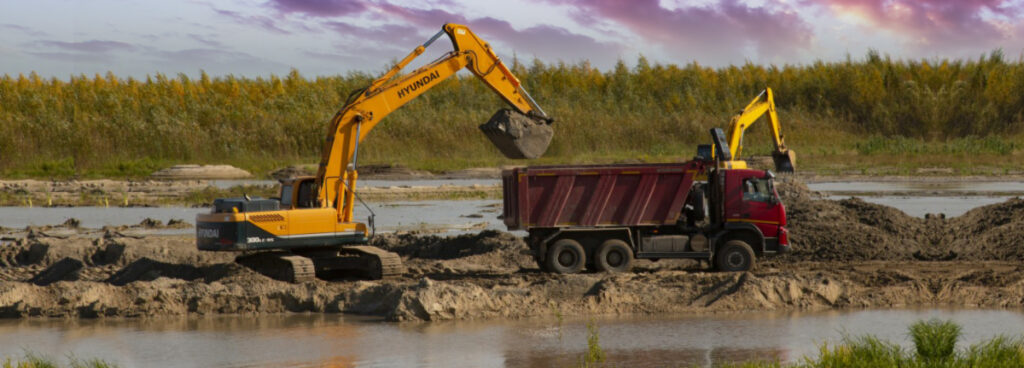Main Content
From defining goals to preparing a planting plan, find out the key elements to successfully restoring a wetland system or building a new functioning wetland.

By following these seven steps BEFORE you begin constructing a wetland, you will greatly improve the probability of your wetland construction project’s success.
- Define the project and goals in terms of wetland functions.
- Define the hydrogeomorphic setting and model the wetland hydrologic regime.
- Prepare a quantitative, predictive description of the hydrologic regime and use it to prepare the site’s physical design.
- Develop a substrate and subgrade management plan.
- Prepare a planting plan.
- Oversee the construction and planting.
- Monitor with intent (follow-up is critical!).
You can’t successfully restore a wetland system or build a new functioning wetland without understanding and addressing wetland functional design. Functional hydrologic design focuses on successfully re-creating the functions of your reference wetland. Whether it’s stormwater storage, nutrient assimilation, sediment retention, wildlife habitat, or something else, the goal is to successfully transfer those functions to the newly constructed or restored site.
Even the regulatory agencies that set and enforce the rules governing wetlands have shifted away from an acre-for-acre replacement approach to a focus on functional exchange. Replacement of wetland functions is now at the heart of most current approaches to wetland mitigation impacts.
To learn more, attend our Wetland Construction: Principles, Planning, and Design course!
Learn more about Rutgers’ Wetland Training!
Contact Suzanne Hills at 848-932-7234 or suzanne.hills@rutgers.edu.